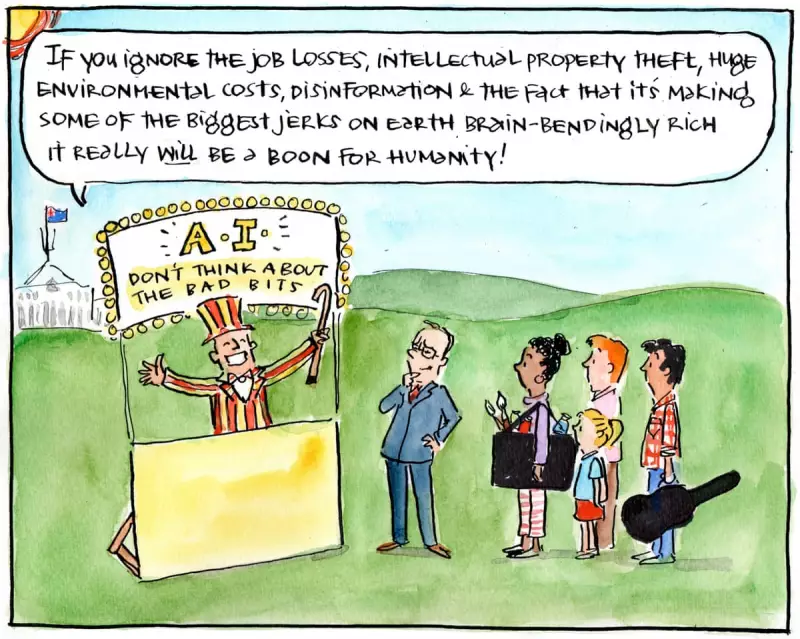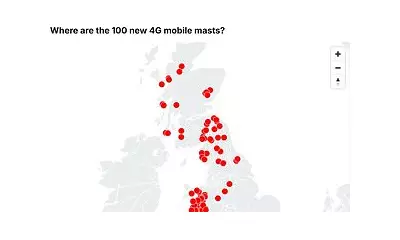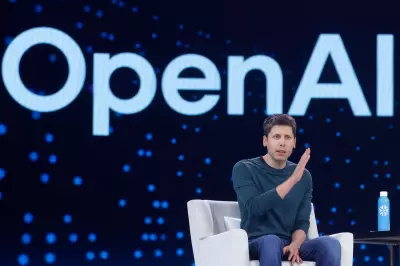
The tech industry is masterfully crafting the way we think about artificial intelligence (AI), presenting it as either an existential threat or a utopian solution to humanity's problems. But what's the real story behind these narratives?
The Two Extremes of AI Discourse
On one hand, tech leaders warn of AI's potential to destroy jobs and even humanity itself. On the other, they paint visions of AI solving climate change, curing diseases, and creating unprecedented prosperity. Both perspectives serve the industry's interests by keeping the public focused on speculative futures rather than present realities.
Why This Narrative Matters
This binary framing of AI discourse achieves several objectives for tech companies:
- It maintains public fascination with AI technology
- Justifies massive investment in AI development
- Distracts from current ethical concerns about data privacy and algorithmic bias
- Creates a sense of inevitability about AI adoption
The Reality Behind the Rhetoric
While the tech industry focuses on hypothetical scenarios, real-world AI applications today are far more mundane - from recommendation algorithms to automated customer service. The gap between the hype and reality serves to keep the public engaged while companies work on monetizing current AI capabilities.
The truth is: AI is neither our savior nor our destroyer. It's a tool whose impact depends entirely on how we choose to develop and implement it.
What We Should Really Be Discussing
Instead of speculative futures, we should focus on:
- Regulating current AI applications to prevent harm
- Ensuring transparency in algorithmic decision-making
- Developing ethical frameworks for AI development
- Addressing the real workforce impacts happening now
The tech industry's AI narrative is designed to keep us looking at the horizon while they build the infrastructure of our digital future. It's time we brought the conversation back to the present.





